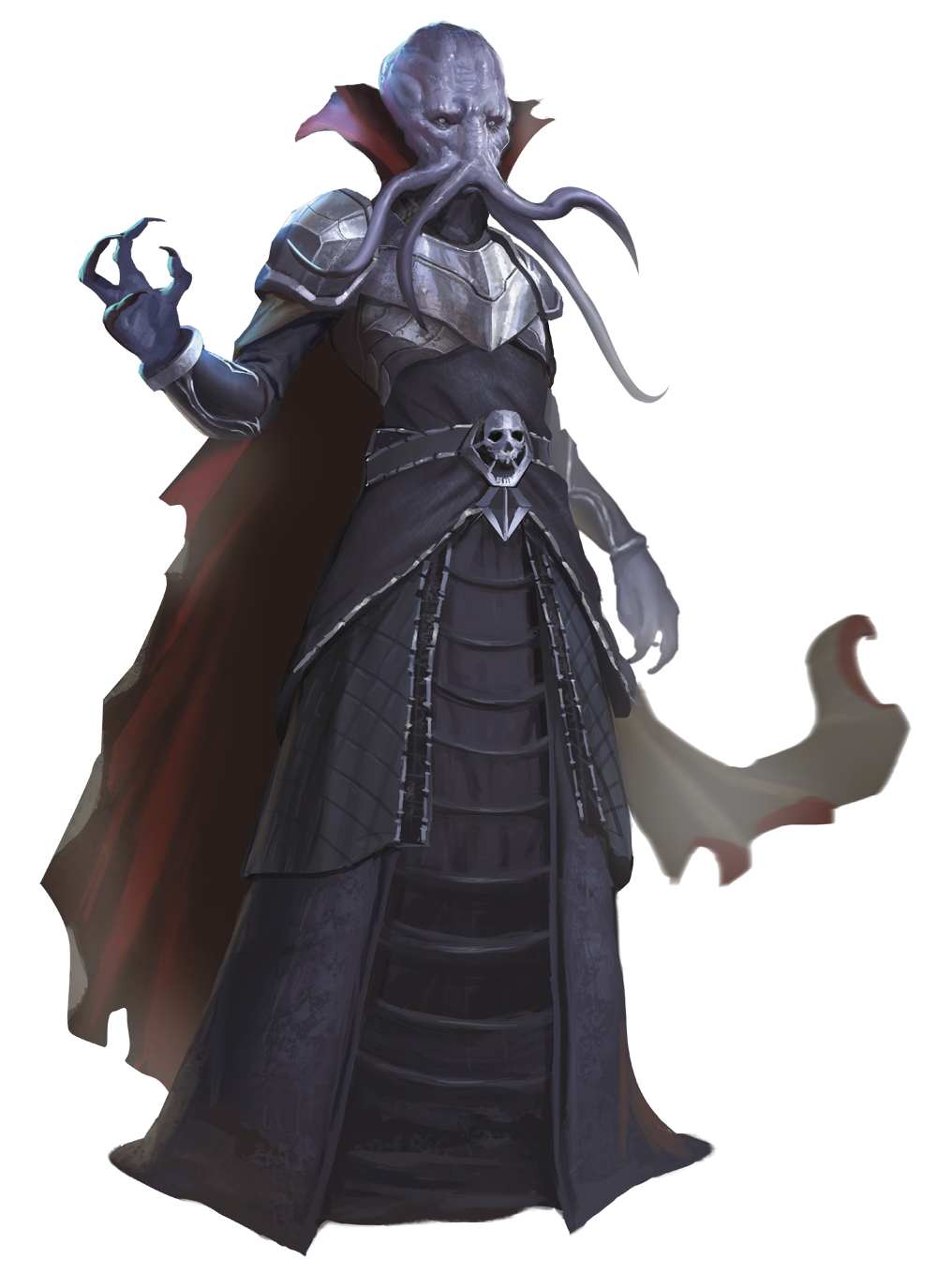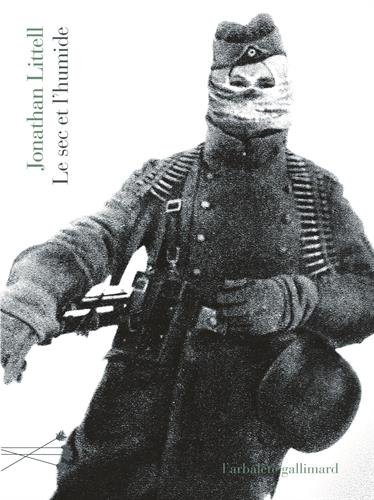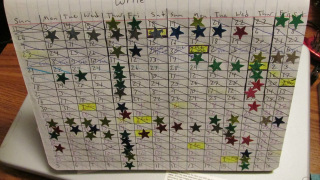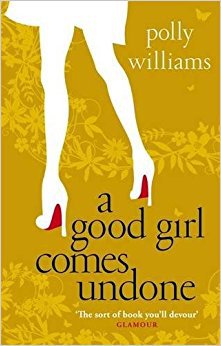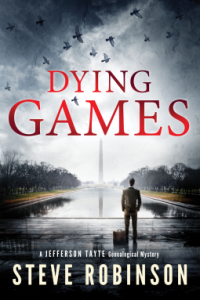There is something about horror that directly and instinctively impacts humans on a primal level. It triggers a genuine gut reaction from us and creates a lasting memory that can be really impactful in film, storytelling, and gaming. I’m going to teach you how to use horror effectively and poignantly in your campaign.
Every GM has a style of story/play they lean toward. I’ve played in super high fantasy, low fantasy, and even pre-written games at my FLGS (Friendly Local Gaming Store). Personally, I lean heavily toward sending a chill up my players’ spines, I love a good horror game, and getting a true sense of dread across can be difficult; luckily I’m feeling like sharing a few of my secrets. Here are some things you can do to boost the scare-factor of your Table Top RPG, and some helpful hints on what horror actually is and how to use it to your advantage.
First it’s important for me to quickly tell you WHY I love horror in my campaign. It’s my belief that the world of fantasy is as horrifying as it is wondrous. Farmers have to deal with brutal natural creatures like Ankhegs and Bulletes, while local fisherman may bump their boat into an Aboleth, and don’t even get me started on Liches and Beholders. These are all monsters of complete, unconditional, destruction and death and they live in the same world as your players. They don’t kill neatly and they don’t discriminate when it comes to bloodshed and that, especially for new adventurers, would be truly horrifying.


Before starting on technique in-game you need a (minimal) understanding on what horror is so you can understand how to use it. Luckily, the idea of horror is really uncomplicated.
Simply, horror is this: a fear of the unknown.
-What happens when we die? Are we alone? Are there beings beyond our understanding?-
Unsettling questions like these are the root of all horror. It’s essential to use these themes as a starting point when trying to instill a feeling of dread around your game. We are scared of what we don’t understand. Shadows are a good example of this fear as we wonder what is lurking within them and what is standing behind them.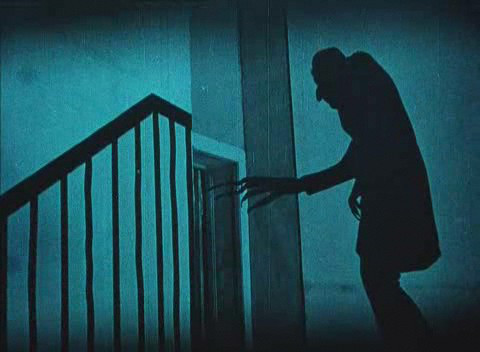
But enough psycho-babble. Let’s get into the dirty details of how to effectively use horror in your game setting.
1. TENSION
Building tension is, arguably, the most important part of adding an element horror to your campaign. Just before something unsettling happens make the players feel at easy, give them a brief sense of relief before describing something morbid and unearthly. A good example of this is describing beauty in a room and then a sharp juxtaposition of what dismay lies in it’s heart. Here is a quick description from my homebrew campaign that captures the spirit of familiarity, relief, suspense, and then horror.
The room smells like new mortar and brick, freshly cut from stone and only a few months past completion. The architecture is a pleasant mixture of contemporary stone work and traditional flourishes. The furniture in this room signifies that it is a meeting place, the lack of doors hints at it’s clandestine nature. In the middle of the room an ornate alter sits, it’s design sharp and angular – a hard contrast to the rest of the room – making it seem out of place. A man sits on top of it, bound and tied, his eyes protruding with fear are red from tears and stress. A woman in the corner looks desperately on as an enormous figure with a horse like body and a man’s torso sits with a knife poised above the body on the alter. The figure’s face, though void of any features except teeth and a spiral scar in it’s center, focuses intently on the man beneath his dagger. An enormous ring of light floating gently behind the wide set of antlers atop this creature’s head casts a sharp, menacing shadow across its face, his malnourished ribs, and the unsettling row of teeth that stretch across his face. Though the woman in the corner is bound and gagged you can hear her desperate muffles through the cloth in her mouth. You recognize the woman in the corner, Thurid is screaming, though muffled, her cries sound pleading and wild. The blood around her wrists reveals that she has been bound and struggling to escape for a long time. The only indication that the creature at the altar knows you are present is the slight tilt of its head in your direction.
This technique can be used in any setting without getting too repetitive. It gives your players’ a sense of relaxation and familiarity before putting them face to face with one of their worst nightmares.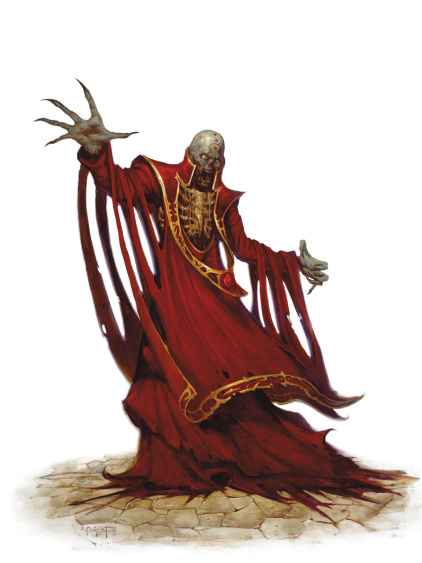
2. RELEVANCE
This one is simple. To have a true impact on your players the horror situation needs to impact them somehow. It is much more likely to be memorable if it directly affects them and/or the story in a big way. While it can be fun to drop them in a room with something scary having it tie directly into them or their story will really leave an impression on them and burn that image into their head. It also makes it feel more tangible and not like they just glimpsed a ghost and can walk out of the room. Tie it to them tie it to their story, make it something unavoidable, something they have to face.
3. DESPAIR
Even if your players can overcome the horror it should still be filled with twists and turns. A monster isn’t quite as impactful or scary if you feel like you can take it out with just one half-assed swing. A haunted room just doesn’t have the same flavor if you can walk out the front door. Make your scenario loom! Make it seem larger than life, and if nothing else, make it seem larger than your characters. There should never be an easy answer to a scary situation and your players need to feel helpless if only for a moment. Here are just a few examples of how to do this:
- Single one of the players out and give them a description that only they know that really messes with their character. Whispering voices, magical darkness, an enormous entity standing behind the rest of the party that only they can see.
- Unsettling descriptions. Limbs moving spastically, the smell of blood in the air and a taste of iron on their tongues, a low pulsing sound coming from all around them.
- Spells not working for a short period of time due to an unknown force.
- Doors disappearing, or at least becoming hidden.
- Draining the party of important resources.
If you really want to sell it: the death of a friend.
These are just a few examples to help inspire you. The possibilities of making your players feel as if they are lost and alone are essentially endless.
4. ATMOSPHERE
Seriously, do NOT skimp on sound effects, music, and overall atmosphere. You need to keep the feeling of dread present. You can do this with songs, SFX, lighting (if you are IRL play), and sounds that you make yourself. There are a ton of great resources to get you started on this. Here are two of my favorites:
House on the Hill
Dungeon
A good atmosphere will set your horror scenario on a whole other level. Seriously. It keeps your players invested and makes it much harder for them to check out or simply forget that they are in a frightening situation.
5. THINK OUTSIDE THE BOX
The oldest piece of advice in history, I know. But seriously, don’t limit yourself. There’s so much more you can do outside of my brief suggestions. You know your story and you probably know your players. What works for you as a group?
Additionally, monsters are NOT the only way to scare players. A setting alone can send a chill straight to their bones. A story arc. A journal entry. Watch scary movies for inspiration. Dungeons & Dragons has an entire official realm dedicated to horror called Shadowfell. They even have a campaign recently released for it that’s a GREAT starting point. The Curse of Strahd – the best part is you don’t actually have to run it if you like your current campaign but it’s full of great items, monsters, and even tips on how to add that extra element of horror to your game.
CONCLUSION
Horror can add an extra component to your game that your players won’t soon forget and it keeps them talking for weeks! It helps your players invest into the game they are playing and helps you grow your world and your skill as a GM. But it isn’t a skill you just pick up, practice makes perfect. Your players may make jokes and be silly about it, but don’t get discouraged, it’s just a way for them to difuse a really intense situation. And at the end of the day the game is all about having fun, creating a story, and designing a memorable experience together.
